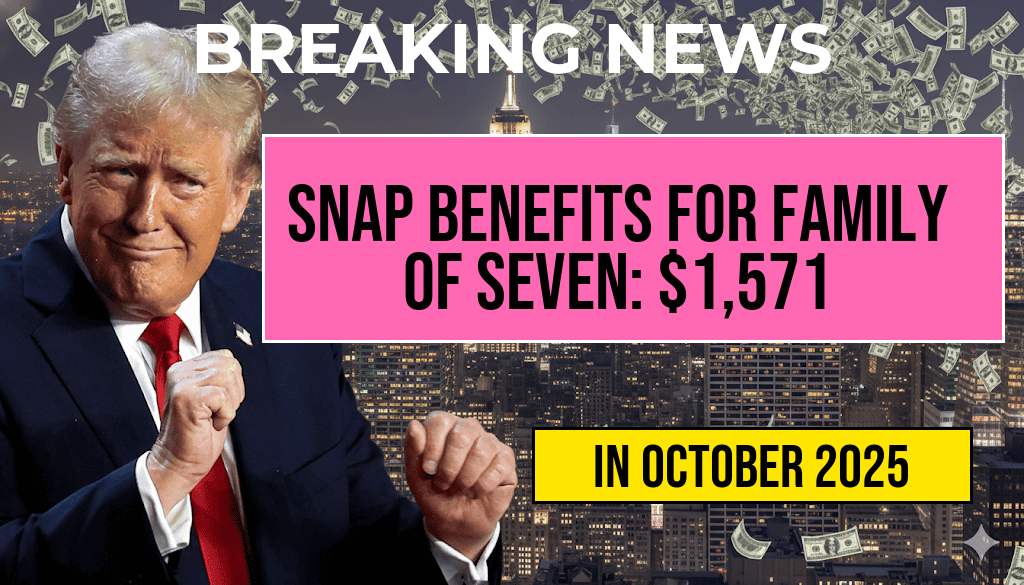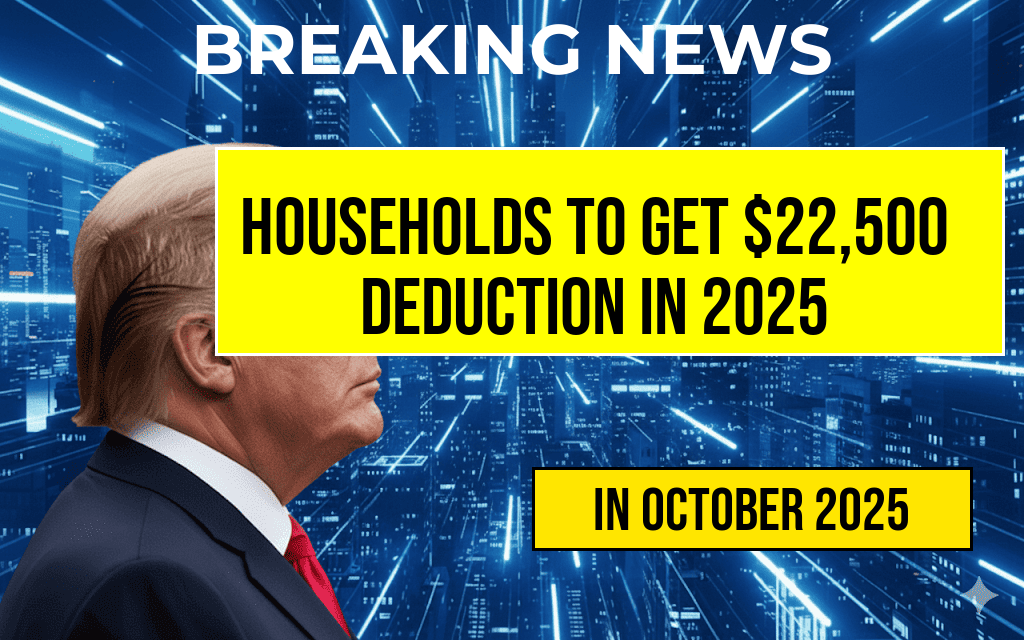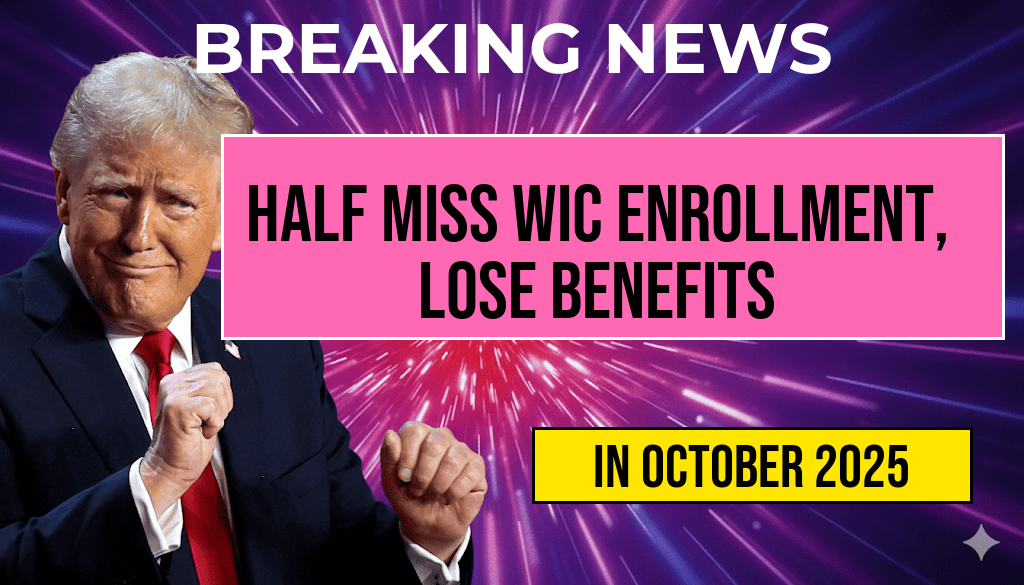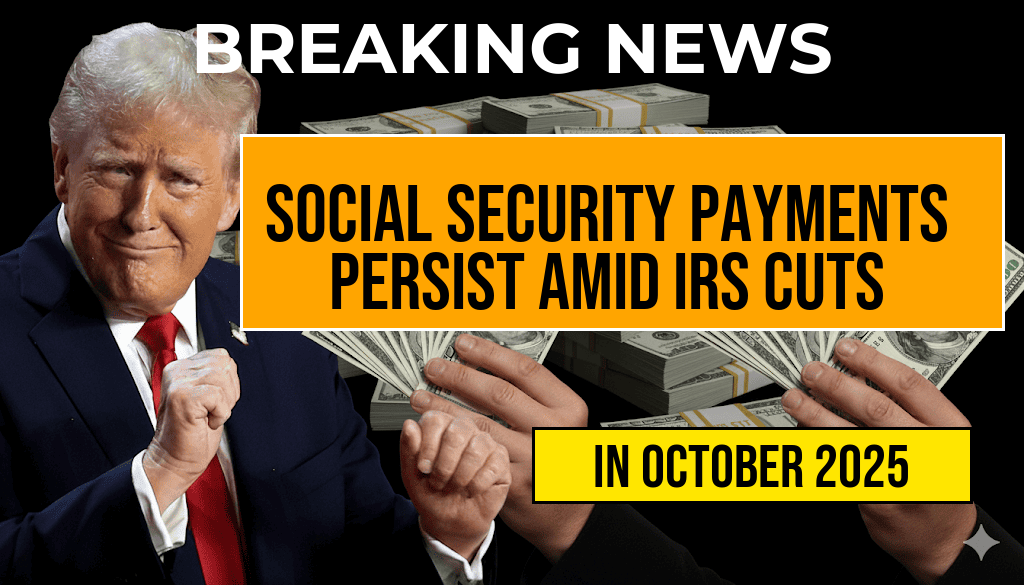Teachers across the United States may soon find themselves facing significant financial burdens due to restrictions associated with the Public Service Loan Forgiveness (PSLF) program. Recent developments indicate that many educators could incur costs exceeding $10,000 if they do not carefully monitor their progress toward meeting the program’s requirements. With the PSLF program’s promise to forgive student loans after 120 qualifying payments, a lack of awareness about recent changes could have dire financial implications for those working in public service roles. As educators navigate these complexities, it becomes crucial to understand how to track their 120 payments effectively to avoid unexpected costs.
Understanding the Public Service Loan Forgiveness Program
The PSLF program was established to encourage individuals to pursue careers in public service by offering student loan forgiveness after a decade of consistent payments. However, the program has faced criticism for its complex rules and the high denial rate of applications. In recent months, the Department of Education has implemented changes aimed at streamlining the process, but these adjustments have also created confusion regarding eligibility and qualifying payments.
The Financial Stakes for Teachers
For many teachers, student loan debt is a substantial financial burden. A recent analysis suggests that without proper tracking of qualifying payments, educators may be unprepared for the financial consequences that could arise. Failure to monitor these payments could lead to teachers losing out on the forgiveness they are entitled to, resulting in costs that could exceed $10,000—a substantial sum for most professionals in the education sector.
Key Changes to the PSLF Program
- Temporary changes introduced during the COVID-19 pandemic aimed to simplify the process.
- Borrowers are encouraged to check their payment counts regularly, particularly after major program adjustments.
- New eligibility criteria have been introduced, which may affect long-term participants.
How to Monitor Your 120 Payments
Keeping track of your qualifying payments is essential to ensure you receive the benefits of the PSLF program. Here are some steps teachers should take:
Steps to Track Payments
- Log in to your loan servicer’s website: Most servicers provide a dashboard where you can view your payment history.
- Request an Employment Certification Form: This form helps confirm your employment in a qualifying public service role.
- Maintain records: Keep copies of your payment receipts and any correspondence with your loan servicer.
Resources for Teachers
Teachers seeking guidance on the PSLF program can access valuable resources online. The following links provide helpful information about the program, eligibility criteria, and tracking payments:
Conclusion
As educators face the challenges of student loan debt, understanding the intricacies of the PSLF program is vital. With potential costs exceeding $10,000 looming for those who do not monitor their qualifying payments, staying informed and proactive is essential. By utilizing available resources and maintaining careful records, teachers can navigate the complexities of loan forgiveness and secure the financial relief they deserve.
Frequently Asked Questions
What is the Public Service Loan Forgiveness (PSLF) program?
The Public Service Loan Forgiveness (PSLF) program is a federal initiative designed to encourage individuals to work in public service jobs, including teaching. Under this program, borrowers can have their remaining student loan balance forgiven after making 120 qualifying payments while working full-time for a qualifying employer.
How can teachers monitor their 120 payments for PSLF?
Teachers can monitor their 120 payments by regularly checking their loan servicer’s website, ensuring that their employment qualifies for PSLF, and keeping detailed records of their payment history. It’s also advisable to submit the Employment Certification Form periodically to confirm eligibility.
What costs might teachers face due to PSLF limits?
Teachers may face over $10,000 in costs due to PSLF limits if they do not qualify for forgiveness after their 120 payments. This can happen if payments are miscounted, if the teacher does not work for a qualifying employer, or if they have the wrong type of loans.
What types of loans qualify for PSLF?
Only certain types of federal student loans qualify for the PSLF program, such as Direct Loans. Other loans, like Federal Family Education Loans (FFEL) or Perkins Loans, may need to be consolidated into a Direct Consolidation Loan to be eligible for forgiveness.
What steps should teachers take if they believe they have made qualifying payments?
If teachers believe they have made qualifying payments, they should submit their Employment Certification Form to their loan servicer to verify their employment and payment history. They should also keep copies of all communications and track their payment progress to ensure they are on the right path toward loan forgiveness.






